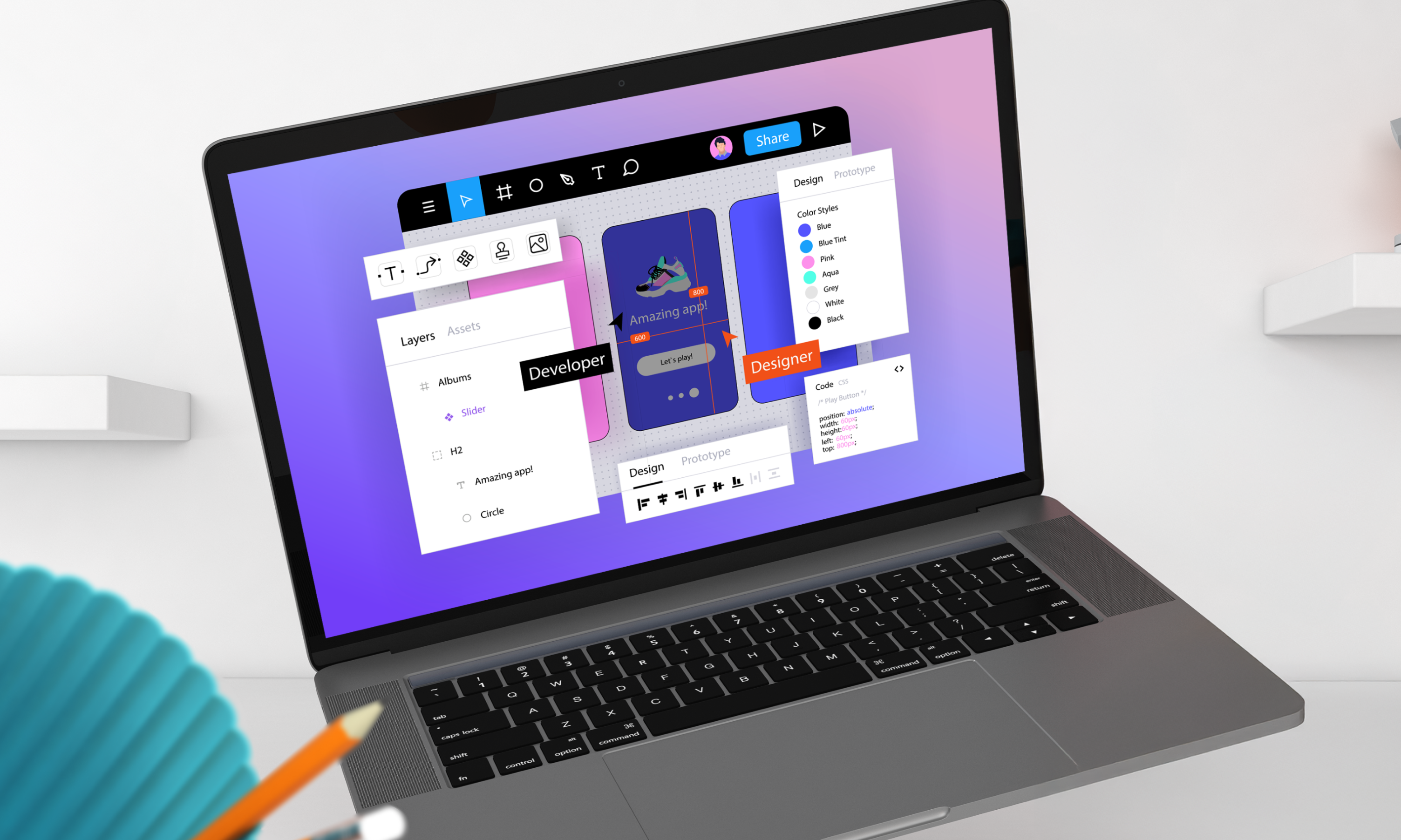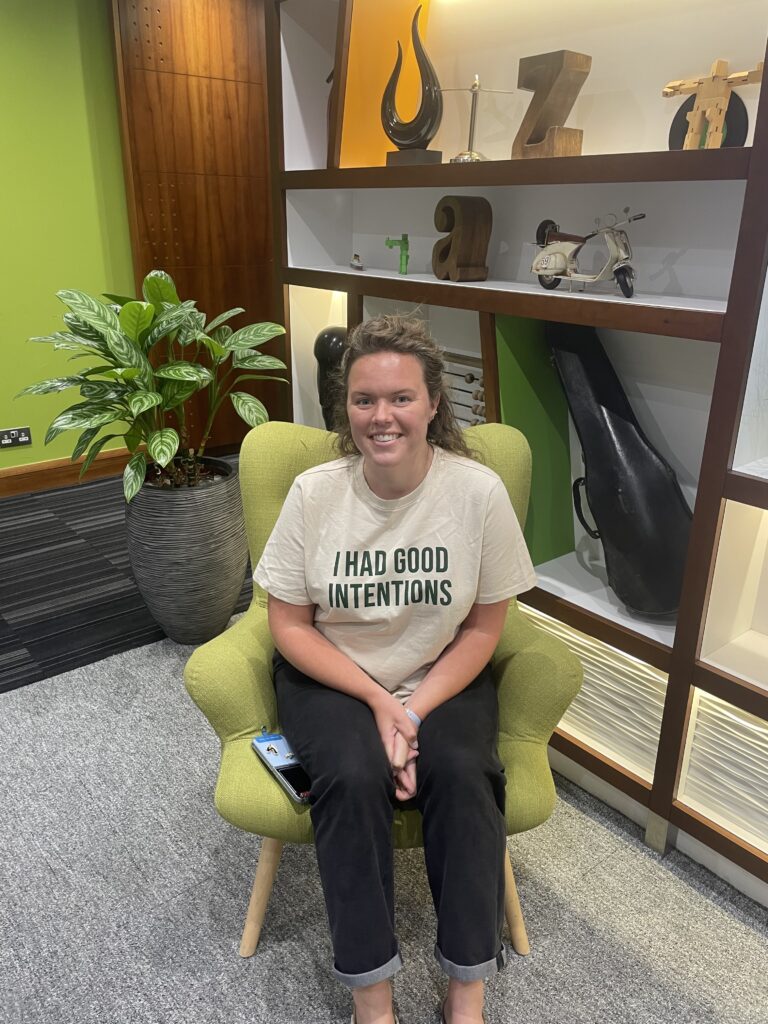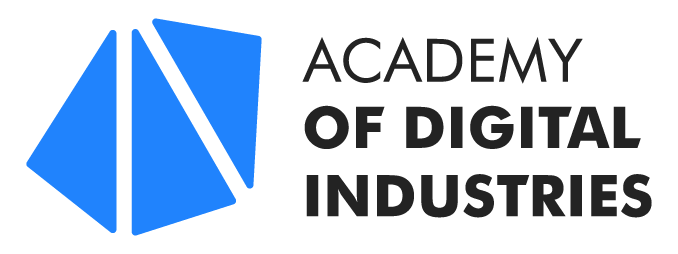- Home
- Graphic Design Course
Graphic Design Accelerator
A Course Delivered By Industry Experts Chris Allen & Adam Hypki

Design Smarter. Deliver Faster
- Master professional-grade design skills and build a portfolio that proves your impact - in just 5 weeks.
- Next Start Date: 15th Sept 2025
- Course Type: Hybrid (London or online)
- Location: Central London
- Time: 19:00-21:00 BST (Mon & Wed)
- Course Fee: £800
Who Is This Course For?
- Recent Graduates – Build a job-ready portfolio and land interviews faster.
- Early Career Creatives – Get confident with Adobe, Figma, and build assets you can show your manager.
- Small Business Owners – Cut reliance on agencies and do more in-house with confidence.
- Corporate Teams – Upskill teams across design, comms and marketing to align brand output.
- Experienced Designers – Refresh your skills, learn AI workflows, and get re-inspired.
What You’ll Learn
Across 5 live workshops, you’ll build the skills and portfolio to launch your career in graphic design. You’ll gain:
- Hands-on software training in Adobe Creative Cloud (Photoshop, Illustrator, InDesign) and Figma
- Strong design foundations in layout, colour, typography, motion, and visual communication
- Branding & marketing expertise to create content that drives campaigns and builds identities
- Portfolio development with real-world briefs, client-ready assets, and professional presentation skills
- Industry-ready experience in image editing, layout, and interactive design
- Career preparation & guidance through critique sessions, freelancing insights, and job application support
93% of learners said the course met its goals
94% praised the support and expertise of our mentors
93% found the environment supportive and inspiring
Module Content
Introduction to research methods required to respond to the brief: primary, secondary, tertiary
- Brief history of Graphic Design, the role of Graphic Design in the society, Bauhaus, Modernism and Post-modernism.
- Types of GD: branding, environmental and wayfinding, UX, motion graphics, packaging, POS, publications and typographic, editorial, key art and illustration, digital.
- Elements of Graphic Design: image, type, layout, composition, colour – on real life examples: posters, signs, websites, banners, magazines.
Practice: In Illustrator, create two basic shapes, colour them, change them, look at the relationship between them.
- Geometry of design: shapes, forms, sizes, proportions.
- Visual grammar: shapes and objects, relationships between them such as overlapping, colliding, understanding background/foreground
and negative space. - Introduction to Adobe CS interface and essential tools.
Practice: create a grid in InDesign and then place given elements, aligning them on the grid.
- Relationship between objects: alignment, guides.
- Introduction to grid systems.
- Developing software skills: InDesign.
Practice: Alter a given image using discussed editing methods: colour correct, change colour mode, change contrast, crop, save for web.
- Choosing the right image, editing, cropping, image retouching
- Images on the Page: editorial design
- Resizing, file sizes and formats, export, resolution and size
- Introduction to colour theory and colour modes: CMYK, RGB, HEX,
colour libraries - Developing software skills: Photoshop
Practice: students receive 3 briefs and in groups will choose the most appropriate typeface in response to each brief.
- Introduction to type and typography: display and body text, headings, subheads
- Kerning, tracking, baseline
- Correct use of grammar and punctuation, proofreading and checking your work Semiotics of type: does font carry a meaning?
- Looking at font libraries such as Google Fonts
- Developing software skills: InDesign
Practice: reformat a given asset – advert to A4 poster, A5 leaflet and a social media set.
- Marketing strategy and branding strategy: understanding target audience and marketing research, creating personas
- Media-mix: creating sets of the formats for campaigns, print and digital – posters and flyers, social media sets
- Developing software skills: InDesign
Practice: Using a given logo, create a simple
- Visual identity and branding, branding systems, creating a brand guide
- Elements of brand identity: logotype, trademark, lockup, colour, type
- Software skills: Illustrator, InDesign
Practice: create a simple animated gif
- Designing animated banners, digital ads and social media.
- Understanding file types and image resolutions.
- Software skills: Adobe Animate (depending on the group’s level)
Practice: design a wireframe of a simple app/website
- UX and UI, devices and wearables
- Future of Design
- Software skills: introducing Figma
- Career in Graphic Design – tips
- Looking at Graphic Design portfolios, creating spec work
- Presentation of Major Projects
How You’ll Learn
- Hybrid format – join live online or in person (Central London)
- Schedule – 2x/week (Mon & Wed, 19:00-21:00 BST)
- Support – Community Manager check-ins, mentor feedback, peer network
- Access – Recordings available for 30 days post-course
What You’ll Walk Away With
- Two portfolio-ready projects (print & digital)
- A Certificate of Completion from ADI
- Confident use of professional tools (Adobe CC, Figma, Canva)
- Mentor feedback, peer critique, and job-ready design skills
What Learners Say


Global Stats
Meet Your Mentors
Together, Adam and Chris create a dynamic learning environment that combines expert critique, industry insight and real world application.

Adam Hypki
A multi-award-winning Art Director with over 15 years of experience in creative direction, branding and commercial design. Adam is currently the Senior Designer at Gallup, the global polling organisation and has worked with world-class brands including Pol Media, Patek Philippe, Smirnoff, Renault, DK/Penguin, and Marshall Cavendish. Known for balancing design precision with strategic storytelling, Adam brings an agency-standard creative eye and an encouraging, critique-led teaching style that fast-tracks learner growth.

Chris Allen
Former Art Director at Saatchi & Saatchi, Chris has spent over a decade helping brands stand out visually and mentoring emerging creatives across the UK. His portfolio includes campaigns for Virgin, Volvic, Defected Records, Men’s Health, and Pernod Ricard. Chris brings a deep understanding of layout, typography, and branding—and is passionate about helping learners think like creatives, not just executors.
Ready To Get Started
Join hundreds of professionals transforming their careers through real-world learning.
Book your place on the Graphic Design Accelerator today using the form.
FAQs
Not at all. This course is beginner-friendly and built for those starting from scratch. We teach you everything you need to know and support you every step of the way.
- Portfolio Development – A major project demonstrating their ability to respond to real-world design brief.
- Hands-on Software Training – Practical experience with industry-standard Adobe Creative Suite (Photoshop, Illustrator, InDesign, and possibly Animate).
- Strong Design Foundations – Mastery of visual communication principles, composition, typography, and branding.
- Marketing & Branding Expertise – Understanding how design integrates with marketing strategy and brand identity.
- Industry-Ready Skills – Experience in image editing, layout, and interactive design.
- Career Preparation & Networking – Professional critique sessions, simulating real-world design team environments.
- Career guidance on portfolio building, job applications, and freelancing.
- Expanded Career Opportunities
Yes, you will receive a digital Certificate of Completion upon completion of your final project presentation.
To secure your spot on our course all you need to do is fill out the form on the right hand side of this page and a learning advisor will be in touch.
Absolutely. The hybrid format is built with busy people in mind. With evening classes and the option to join online or in-person, you can fit learning around your schedule.
Reach out to us directly at hello@academyofdigitalindustries.co.uk
Ready to Get Started?
Book your spot today and launch your next career move in just 5 weeks!

